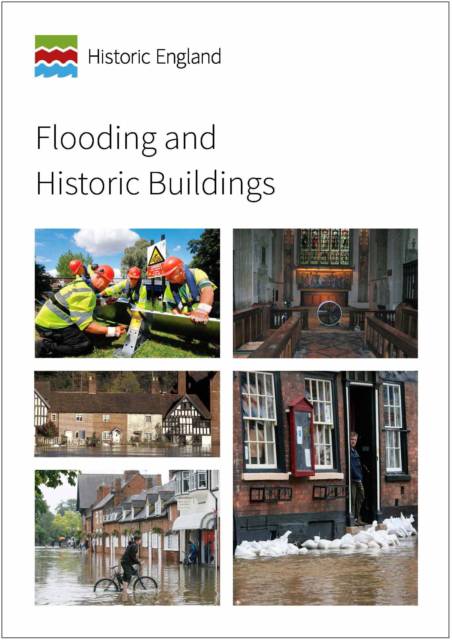
- Afhalen na 1 uur in een winkel met voorraad
- Gratis thuislevering in België vanaf € 30
- Ruim aanbod met 7 miljoen producten
- Afhalen na 1 uur in een winkel met voorraad
- Gratis thuislevering in België vanaf € 30
- Ruim aanbod met 7 miljoen producten
Omschrijving
We know that the risk of flooding is likely to increase as a result of a changing climate and the effects of increased urban development. Estimates suggest the number of people at high risk from flooding could rise from 1.5 million to 3.5 million by 2080. Currently around 400,000 homes and 75,000 businesses in England are located in areas where there is a significant annual chance of river or coastal flooding (greater than a 1.3 per cent annual chance, or once every 75 years on average). More homes are at risk from surface water, groundwater or sewer flooding, which is much harder to predict than river or coastal flooding. Many of these buildings were built before 1919 and are therefore likely to be of historic interest.
As well as damage to property and infrastructure, flooding results in a significant human cost. Not only do householders lose possessions and suffer damage to their properties when there is a flood, but often they are also forced to endure the disruption and stress caused by several months of evacuation. Since the 2007 floods there have been major consultations and reviews undertaken by government and other regulatory organisations and a much greater recognition of the need for coordinated flood-risk management at a local level. This was a particular emphasis of the Pitt Review, Learning the Lessons from the 2007 Floods (2008) and the Department of Environment, Food and Rural Affairs' (Defra) ongoing programme Making Space for Water, which takes a holistic approach to the management of risk from all forms of flooding (river, coastal, groundwater, surface run-off and sewer) to help deliver sustainable development. This need for a more comprehensive management of flood risk for people, houses and businesses has been incorporated into the Flood and Water Management Act 2010. Integrated flood-risk management is essential if the historic environment is to be protected from flood damage, and effective communication between all those involved is therefore vital in securing the appropriate response. Co-operation with national agencies such as the Environment Agency is key to managing risks at a local level. Local Flood Resilience Forums also now have a very important role in helping manage the risks as well as providing integrated emergency management.Specificaties
Betrokkenen
- Auteur(s):
- Uitgeverij:
Inhoud
- Aantal bladzijden:
- 47
- Taal:
- Engels
- Reeks:
Eigenschappen
- Productcode (EAN):
- 9781848024175
- Verschijningsdatum:
- 30/04/2015
- Uitvoering:
- Paperback
- Formaat:
- Trade paperback (VS)
- Afmetingen:
- 210 mm x 297 mm

Alleen bij Standaard Boekhandel
Beoordelingen
We publiceren alleen reviews die voldoen aan de voorwaarden voor reviews. Bekijk onze voorwaarden voor reviews.











